Stellar, He Wai
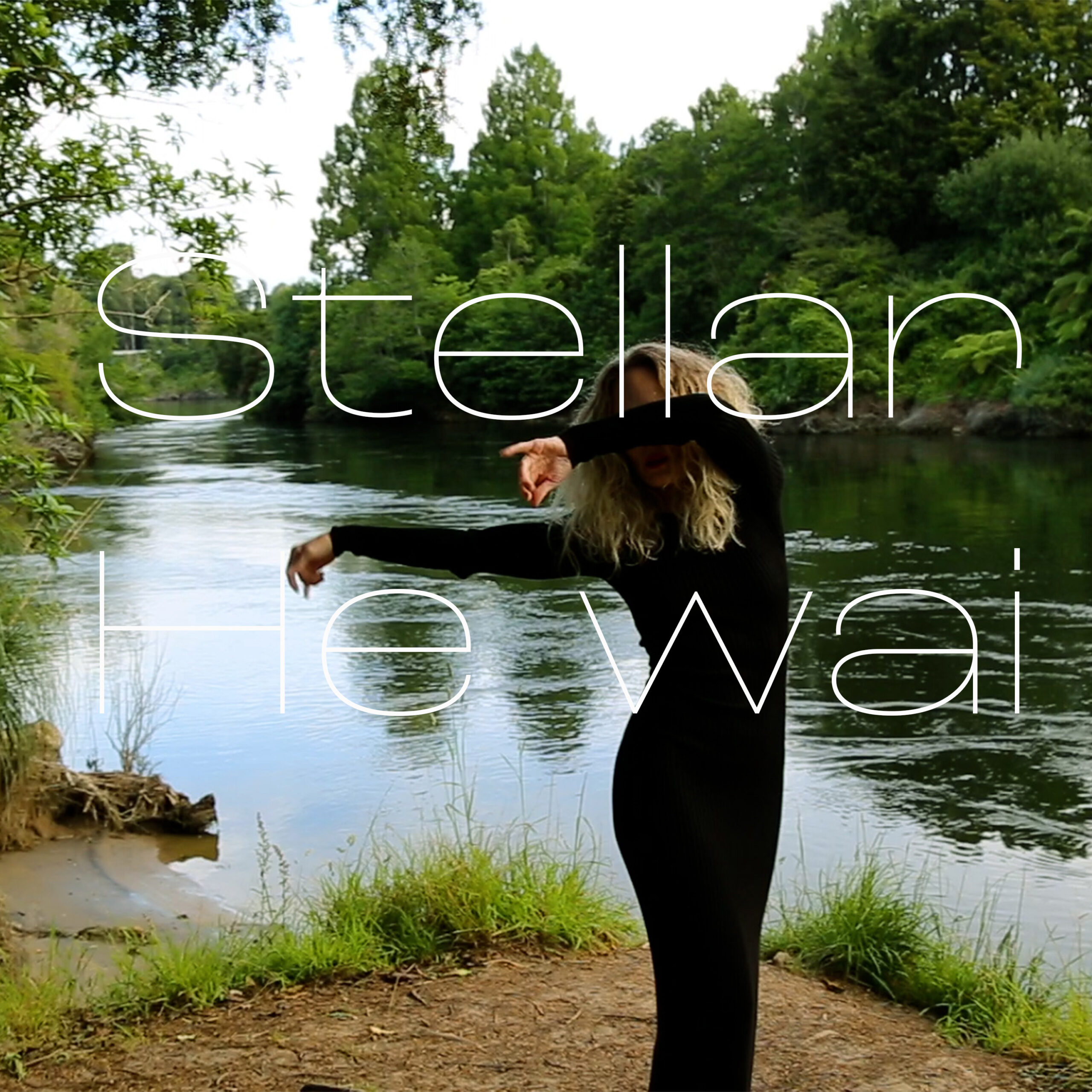
‘Stellar, He Wai’ is a multi-disciplinary works created for the 2023 Matariki ki Waikato regional celebration of the Māori New Year in the central North Island of Aotearoa New Zealand. Matariki is the appearance of a star cluster signifying to indigenous Māori the start in their specific lunar calendar.
Sponsored by Te Ohu Whakaita Charitable Trust with support from The Ministry for Culture and Heritage NZ. Commissioned by Toi o Te Tau Hou, Kirikiriroa, Hamilton, Aotearoa New Zealand.
Matariki contains nine visible stars during the winter months beginning June/July.
In honour of living and residing in Waikato, next to the awa (river), the works for ‘Stellar, He Wai’ focus on the whetū (stars) related to wai (water) – Waitā (ocean), Waitī (fresh water), Waipunarangi (rain), and Ururangi (wind), who works with all water bodies. Wai is the Māori word for water, and also a term used to describe song.
The works have two components, physical representations of the connectivity between earth and space – via the creation of painted ‘pou’ (upright posts), and a short film capturing and exploring snippets of an ‘ira tangata’ (human descendant) living in collaboration with water and song (wai) during a Matariki year in Kirikiriroa, Waikato.
‘Stellar, He Wai’ the short film explores ‘te hurihanga o te wai’, the cycle of water, from rain through to rivers, streams and on to the ocean before beginning again. This is much in line with all traditional Māori cultural cyclic perspectives of life, including human existence.
The film includes original compositions and score by Tīpare alongside traditional chants and modern instrumentation.
Stellar, He Wai
‘Stellar, He Wai’ Ngā Pou, are painted two sided rectangular standing posts. One side of each panel embodies the tapu (sacredness) of the delegated whetū (star), and the other side, the perceived character. Pou are traditionally used and seen as connective entities and representatives between the earth and the sky, settling between humanity and the gods.
The tapu sides of the pou were created in separate sittings, and in a state of channelling. The alternate sides developed over the coarse of 12 months throughout the Maramataka Matariki year, and were layered throughout various weather patterns. Each pou has also been infused with the water element it relates to such as ‘Waitī from river, ‘Waitā’ from ocean, with ‘Waipunarangi’ direct rainwater, and ‘Ururangi’ sprayed rain droplets caught through wind.
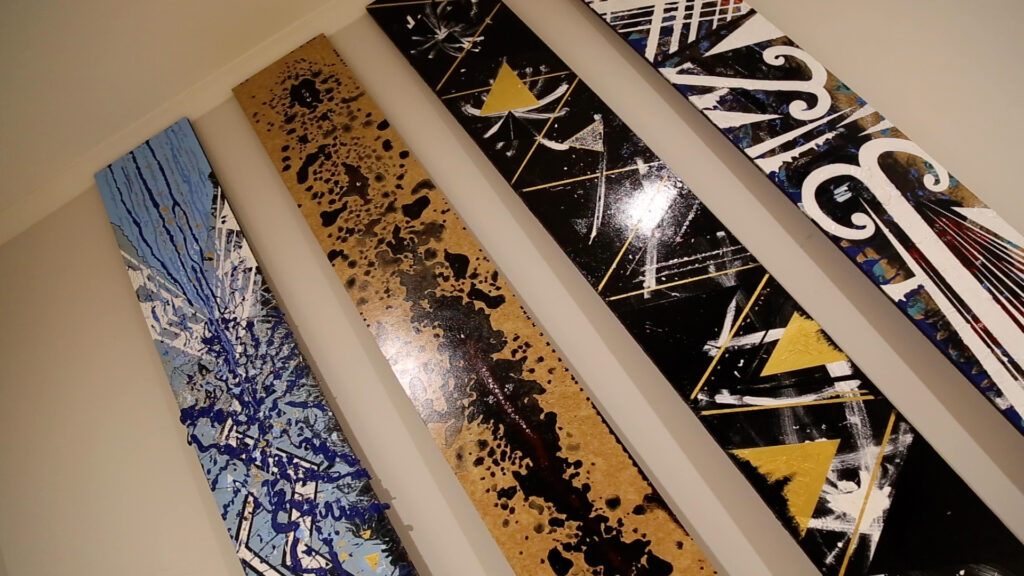




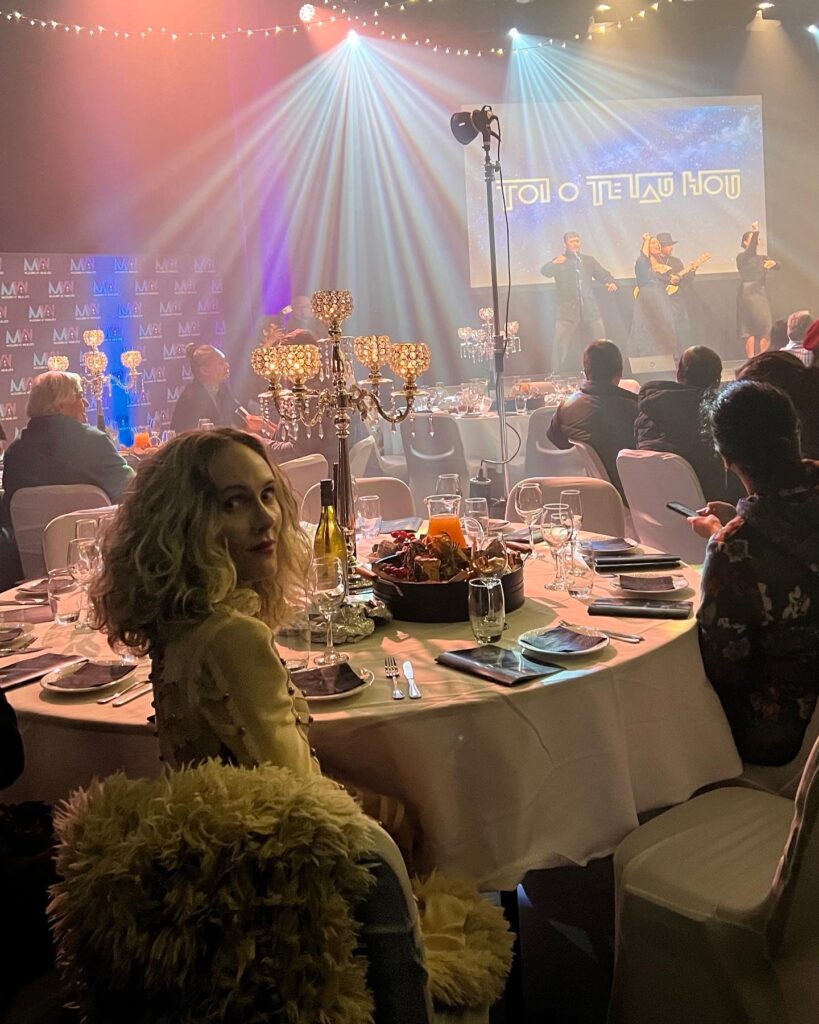
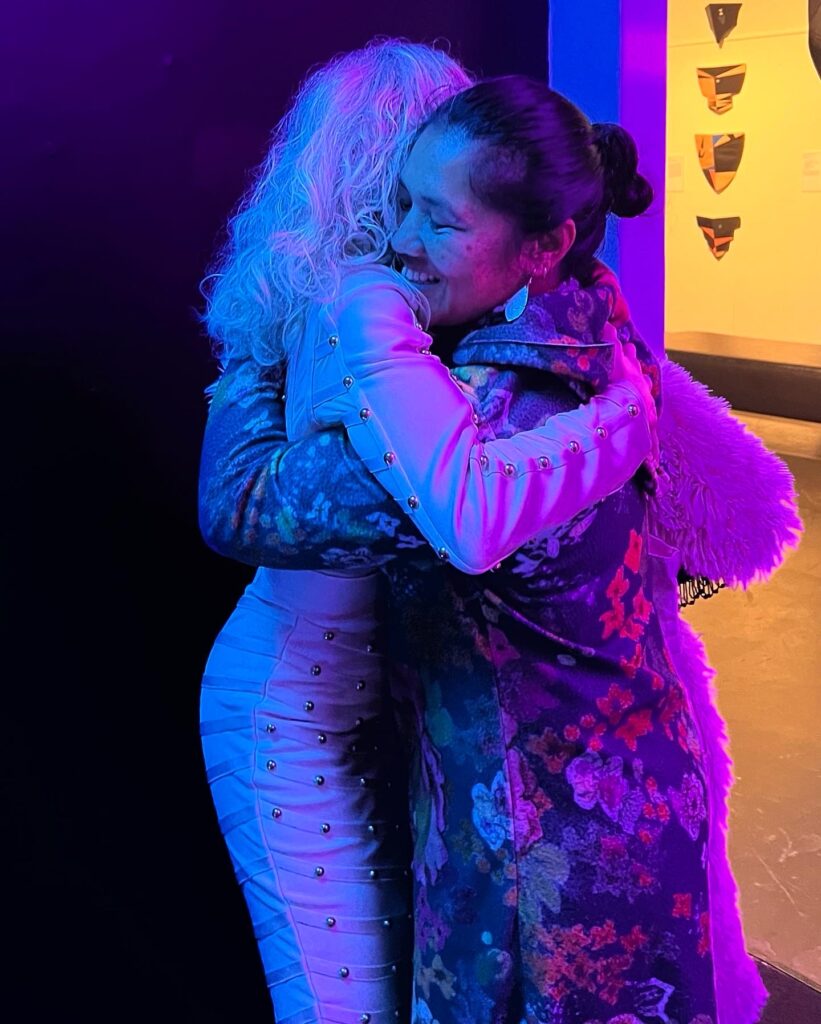
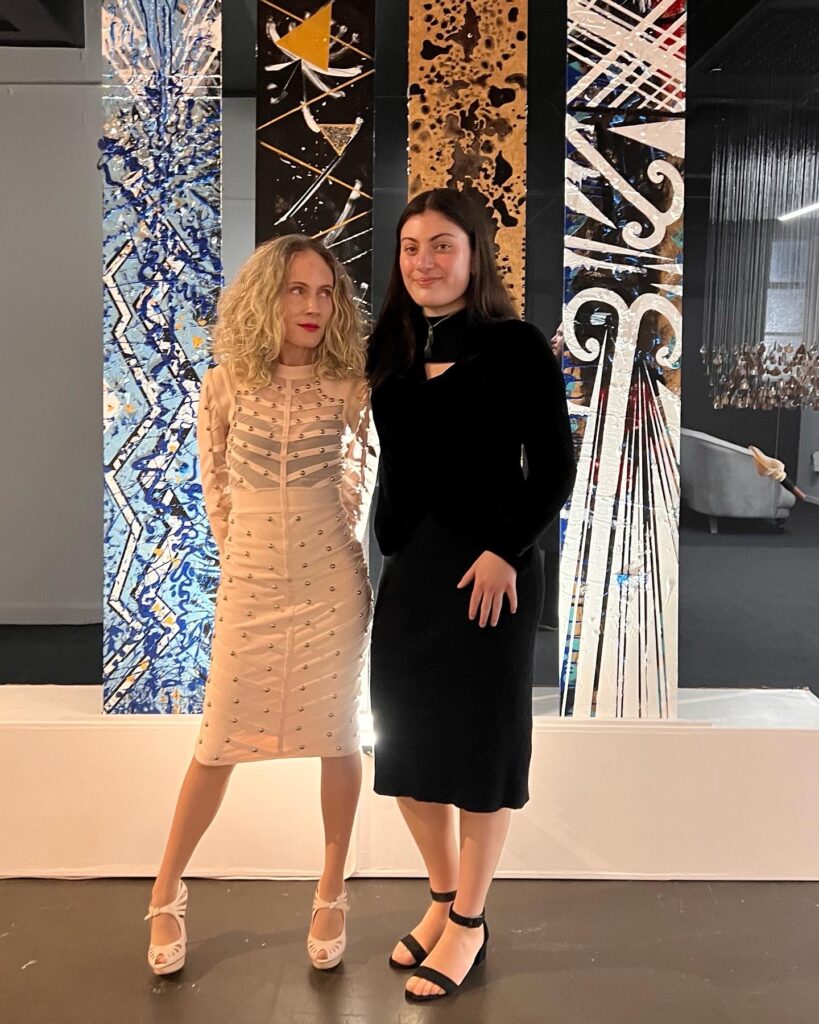
For more information on Toi o Te Tau Hou and the artists involved please visit Toi o Te Tau Hou




